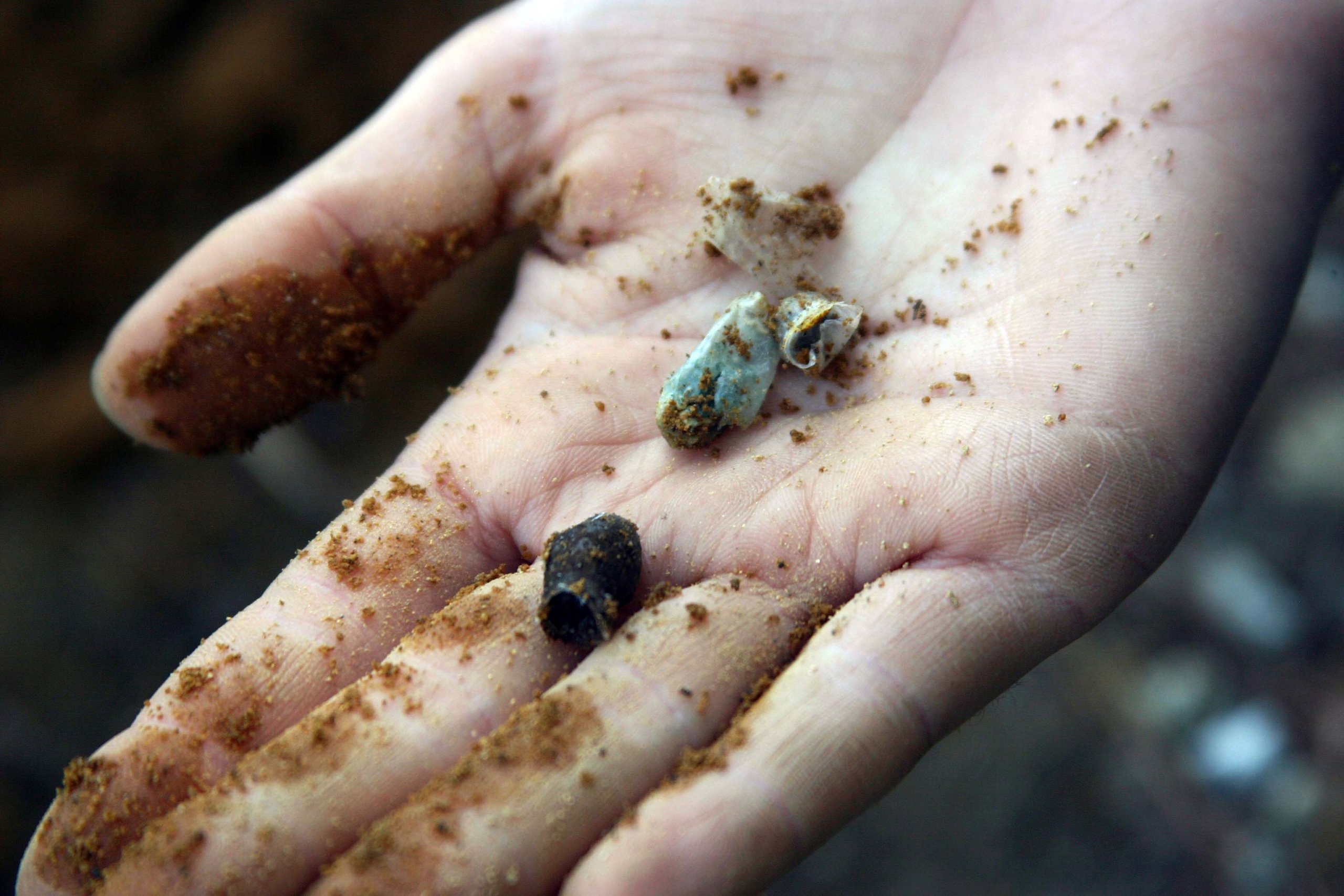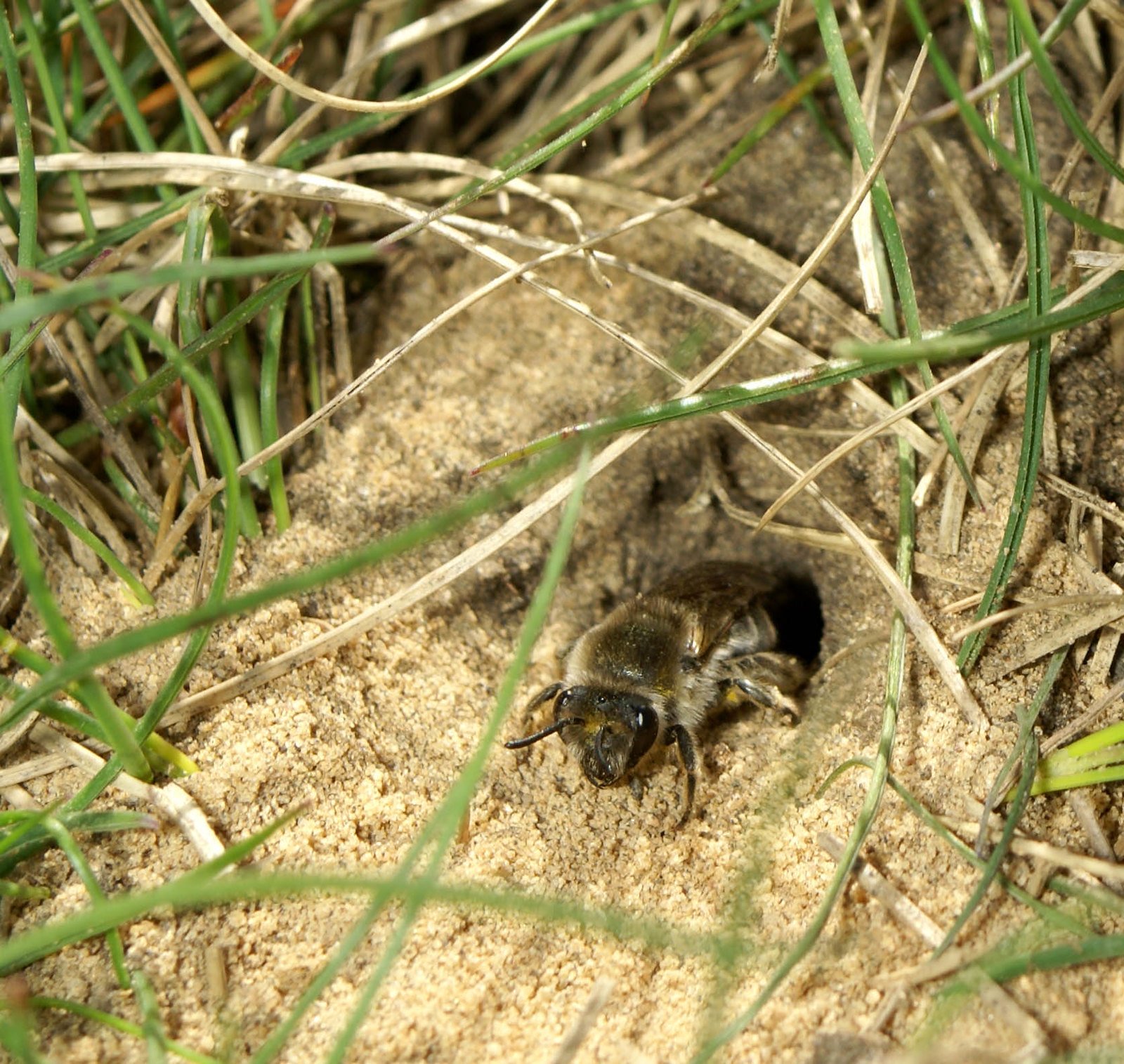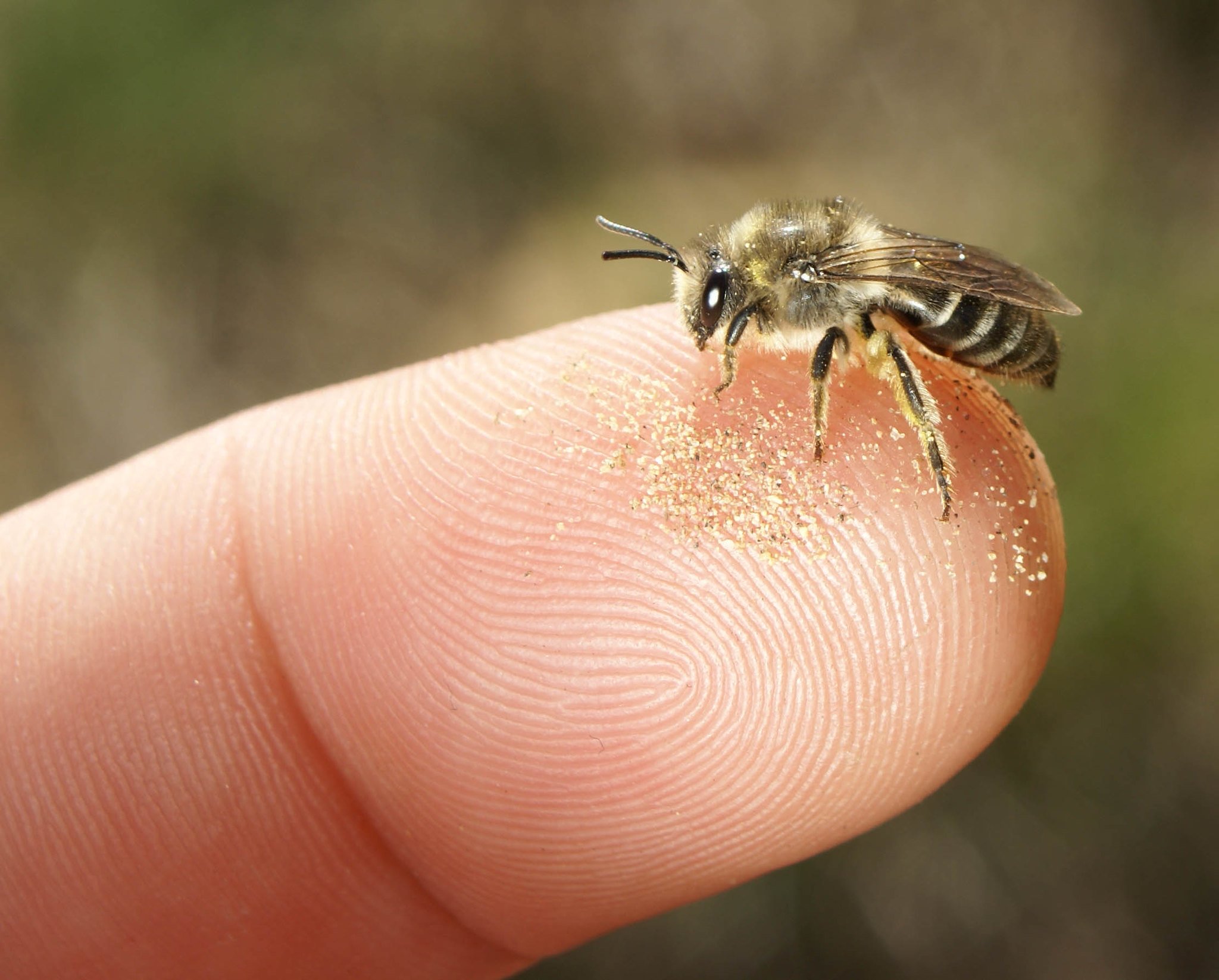
Sitting in the corner of my bedroom is an Umbra Garbino waste bin, made of translucent, colorless polypropylene. Designed by Karim Rashid, it was introduced in the late 1990s. I bought mine very soon after, in Toronto, as a poor but design-conscious graduate student in materials engineering—my small contribution to what became, quite probably, the most wildly successful trash can ever.
They remain in production and you can buy one directly from Umbra, in black or white, for eight dollars. After nearly three decades of use, the one I have is a little yellowed and has a few cracks, but it’s still mostly doing its job as a quiet, temporary repository for tissues, tags, and other oddments on their way to the landfill.
We often consider having less stuff, or keeping what we have for longer, to be admirable aspirations. But the reality behind the mantra of “fewer, better things”—starting with what it means for something to be “better”—is far more complex, and often unsatisfactory. To understand why, we need to dig deeper into the realities of our material world.
The benefits of objects, including that Garbino garbage can, generally accrue during use. That’s why we have them. But for a typical item, the harms associated with the object—an incomplete list would include the geopolitical impacts of extracting the raw materials, the health effects of manufacturing, the greenhouse gas emissions associated with transporting it, and the pollution associated with discarding it as waste—occur at the beginning or the end of its useful lifetime. By the time a thing gets to where it’s being used (like my bedroom), most of its negative impacts are already baked in.
Given this, we don’t have many ways to minimize the negative impacts of the things we buy. One approach is conscious consumerism, purchasing items with less harm associated with their manufacture and/or disposal. This isn’t always an option, and even when it is, it’s a heavy lift. Are bedsheets woven from fibers that have been chemically synthesized from bamboo better or worse for the world than ones made of water-intensive cotton? Most of us are ill-equipped to decide, especially when companies are incentivized to greenwash their products.
Another way is to limit the amount of stuff we have. Less stuff means less harm. And a third approach is to keep using whatever we have for as long as we can, in order to maximize the benefits of use while amortizing the fixed harms. Ideally we can make that time extend beyond our own lifetimes by passing our goods down to our heirs, who are only too pleased to carry on using them.
Given this understanding of benefits and harms, then, the mantra of “fewer, better things” carries an implied equivalence between better and longer. But I’m pretty sure that my nonexistent grandchildren aren’t looking forward to inheriting my inexpensive plastic garbage can, manufactured in the millions, as a treasured family heirloom. They would want something better.
We don’t purchase things only out of boredom or a desire for novelty. In many cases, we are making thoughtful decisions, from the array of choices presented to us, in order to do specific things. In some cases, it’s because new materials and technologies can make our lives easier or safer. New materials can create new design possibilities. Polypropylene food storage containers, for instance, are lighter and less fragile than glass and, unlike metal, work with other food-related technologies, such as microwave ovens.
I replaced my quilted-fabric oven mitts a few years ago not because they needed replacing, but because of the recent development of kitchen goods made from food-grade silicone rubbers that are flexible and heat-safe. My new oven mitts can’t be soaked through with scalding-hot liquids. (They’re also much easier to clean when I accidentally stick my thumb in the lasagna while taking it out of the oven.) We might want to keep and use our grandmother’s quilt, but we probably don’t want to keep and use her Tupperware. Our idea of better evolves over time.
And better doesn’t always mean something will last a long time. The plastic packaging in which we buy and store food might have a useful lifetime of only days or weeks, but in that time it may keep food fresher than paper, or contain leaks better than aluminum foil. Longevity isn’t the right answer for everything, and neither is thoughtless disposability.
What we really need is more ways to limit the harms of what we buy, own, and discard.

Some years ago, I did a research project on a local native bee species, Colletes inaequalis. In the spring, these bees dig dead-end tunnels in sandy soil. They line the very end of each cul-de-sac with a clear, shiny, cellophane-like biopolyester to form nest cells, each one a tiny plastic bag about the size and shape of the tip of my pinky finger.
The bee provisions each of these nest cells with a mixture of pollen and nectar, and then lays an egg inside before sealing it off. Over the course of the following year, the egg hatches into a larva, eats the stored food, develops into an adult bee, and then, come spring, the bee digs its way out and mates. If it’s a female bee, she repeats the whole process.
For several springs in a row, I went out to find these bees and dig up some of their nests. Every year, we would find new cells filled with the vividly yellow pollen mixture and smelling faintly lemony from citral, a volatile chemical component of the bee plastic that likely serves as an antimicrobial. And we’d find some old nests, broken open by the emerging adult bee in previous years and subsequently filled with dirt.
Back in the lab, we subjected the nest cells to our usual techniques for preparing samples for chemical analysis, such as putting them in glass vials of acid and boiling them overnight, and discovered that the biopolyester was incredibly resistant to being broken down. Which makes sense: The polymer nest cell lining has to keep the developing bee, and its food supply, safe and clean for a year of being buried in the New England soil, through spring rains, summer heat, and winter frost. But the nest cells do eventually degrade in the dirt—otherwise we’d be up to our eyeballs in nest cells made by every generation of Colletes inaequalis since the last Ice Age.
And that’s what’s so remarkable about them: The bee plastic is incredibly resistant to biodegradation because there’s an equilibrium between the robustness of the nest cell material and the task they’re used for, after which they dissolve gracefully into the soil.
What we actually want in our objects—what we need from our artifacts, as a civilization—is not that they last forever. We want ways to better match the life, and the afterlife, of an object to its intended use.

There is an ancient architectural movement, now gaining traction in Western societies, to repurpose existing buildings through adaptive reuse. Extending the life of a building by using it for new purposes, ideally with minimal new construction, is a way of continuing to accrue benefits without adding to the harms. But we don’t have an analogue of this when it comes to what’s inside our buildings, because virtually all objects end in demolition and wholesale replacement: carted off to a landfill, with something new taking its place. How might we apply the ethos of adaptive reuse to artifacts?
As with buildings, one way is good design—making objects that people want to keep and use for a long time, the “better” in “fewer, better things.” Another way is to emphasize flexible, modular designs, with standardization that persists over time. In the domestic sphere, I think about humble objects like milk crates or glass Mason jars, with their replaceable, interchangeable lids. Or consider Lego building bricks, which have been interchangeable for decades now, largely as a result of high manufacturing standards and peerless quality control.
But plastic bricks that last forever also highlight our evolving ideas of what “better” means, and the challenges it entails: Despite its best efforts, Lego hasn’t yet been able to find less-harmful alternatives to primary (rather than recycled) fossil fuel-derived plastics for its product.
Architects think about how to adaptively reuse buildings by redesigning their interiors. As a materials scientist, I think about the adaptive reuse of objects as encompassing what they’re made from. In addition to my Garbino bin, I also have a set of stainless-steel cutlery that I bought in graduate school, which I still use every day. Unlike the polypropylene garbage can, when I’m done with my forks and spoons (or the converse, since they will almost certainly outlast me), they probably won’t end up in a landfill. As scrap steel, they will likely be melted down and used to make something else, maybe even a fresh set of cutlery.
We can push that idea of adaptive reuse even further: If most of the harms of the materials we use come in the extraction and waste phase, we can limit them by adaptively reusing the atoms themselves. We can imagine making packaging out of a plastic as robust as the polyester made by bees, and then putting the packages in a bioreactor after they’ve been used, to be broken apart and then reformed into new plastics. It’s a high-tech analogue to how those polyester bee nest cells (or other organic materials, like leaves) break down in sun-warmed soil, to be reused by other organisms.
The same approach can be applied to materials beyond plastic, like pulling the lithium out of old batteries for reuse in new ones. These types of processes are typically energy-intensive—that’s why they aren’t widely used—but the economics of renewable energy are very different from fossil fuels, and combining clean, abundant energy with new technologies opens all sorts of new possibilities.
These are not decisions that we can make individually as consumers, or even as designers. As a society, we need to keep developing renewable energy systems, and we need innovative technologies that allow us to adaptively reuse matter, in order to mitigate the harms associated with extraction and disposal. We also need the regulations and policies to foster widespread adoption of these alternatives. It doesn’t need to be only about fewer, better things. Instead, we can build more, better systems.
I don’t want my Garbino can to last forever. But I do want to keep it for long enough that we’ve changed what happens to it when I’m done using it. Instead of sitting inert in a landfill or breaking into a million bits of microplastic dispersed in an ecosystem, I want the carbon and hydrogen atoms that make it up to instead become something new, that does something new, for someone new.